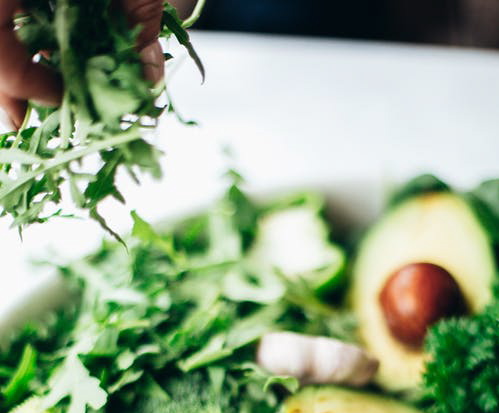
Short shelf-life products could be affected by Brexit
The CGA Prestige Foodservice Price Index remained flat during July 2019, after several months of unexpected increases across many categories of food and non-alcoholic beverages.
The Index indicates significant easing in the Fish & Seafood category, with a month-on-month fall of almost 9% driven by softer prices in salmon markets after the Norwegian summer break. However, buyers will need to be wary of future increases—particularly in cod and haddock when new and potentially much higher quotas are announced in September.
Farmgate milk prices have been falling considerably in the past few months, but the lag between this and a price drop in the Dairy category of the Foodservice Price Index has been longer than usual over the summer. The price of eggs has meanwhile been rising sharply, primarily because of much higher feed prices.
The Hot Beverages category of the Index saw a spike in pricing in June but fell back in July thanks to increased tea production in India, which has covered recent disease-related shortfalls in Kenya. Until recently, the outlook for coffee has been positive because of unusually high production levels in Brazil—but Spring frosts look likely to have caused significant crop damage, prompting caution over future pricing.
The most significant current threat to supply availability and cost is the prospect of a no-deal Brexit, the new report suggests. The consensus among larger suppliers is that a no-deal scenario would cause considerable disruption in early November, but that the supply chain should adjust and cope before Christmas—even though the proportion of product imported in late October is higher than late March.
The biggest Brexit-related challenge will be to short shelf-life products, especially salad leaf. The key anxiety is that import delays at ports will cause some stock-outs and shorten shelf lives for customers. Some suppliers are now adopting strategies to buy product in a less ripe state, conceding that this may transfer some usability risk to consumers. Many are contracting only with upstream supply that has robust and tested distribution arrangements, minimising the use of spot buying and spreading their risk on availability by contracting on a wider basis geographically.
CGA client director, Fiona Speakman said, “Foodservice businesses will welcome the respite of more settled prices after the volatility of the first half of 2019. The easing of inflationary pressures in fish and hot beverages, two hugely important sectors for operators, is especially encouraging. But these figures could mark a lull before a renewed storm of challenges later in the year—led by the huge ongoing uncertainty around the impacts of Brexit on the supply of key items.”
Prestige Purchasing CEO, Shaun Allen said, “Both food and drink inflation remain at much higher levels than both the government’s CPI measure and historical norms for the foodservice market. For much of the past year food supply markets have been faced with challenges of supply (mostly because of unpredictable weather conditions), the weakening of Sterling and the increasing uncertainty around Brexit. Good contingency planning and supplier communication is essential in the run-up to Brexit.”
The exclusive Foodservice Price Index is jointly produced by Prestige Purchasing and CGA, using foodservice data drawn from 7.8m transactions per month.
(source: CGA, image: pexels))
